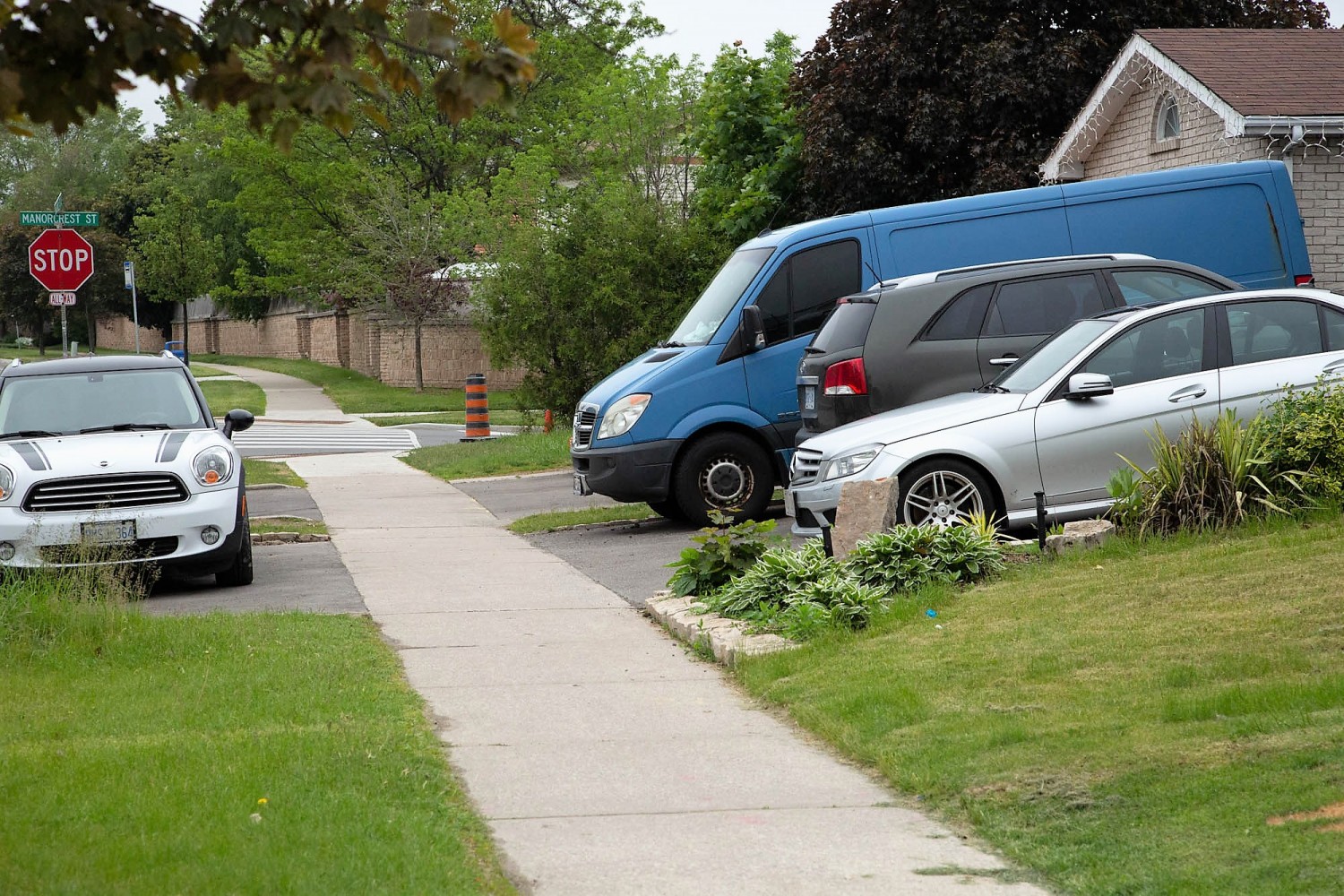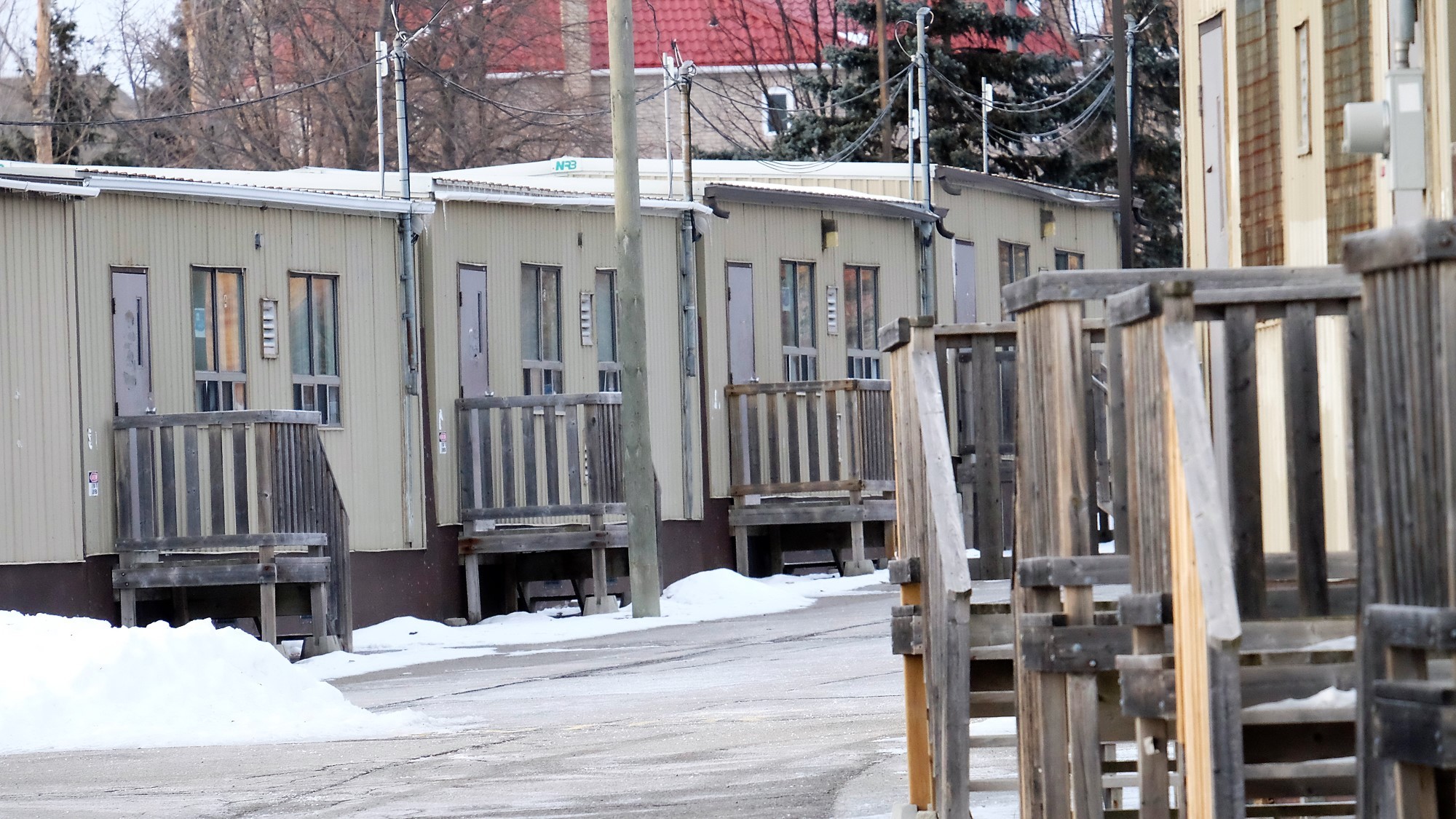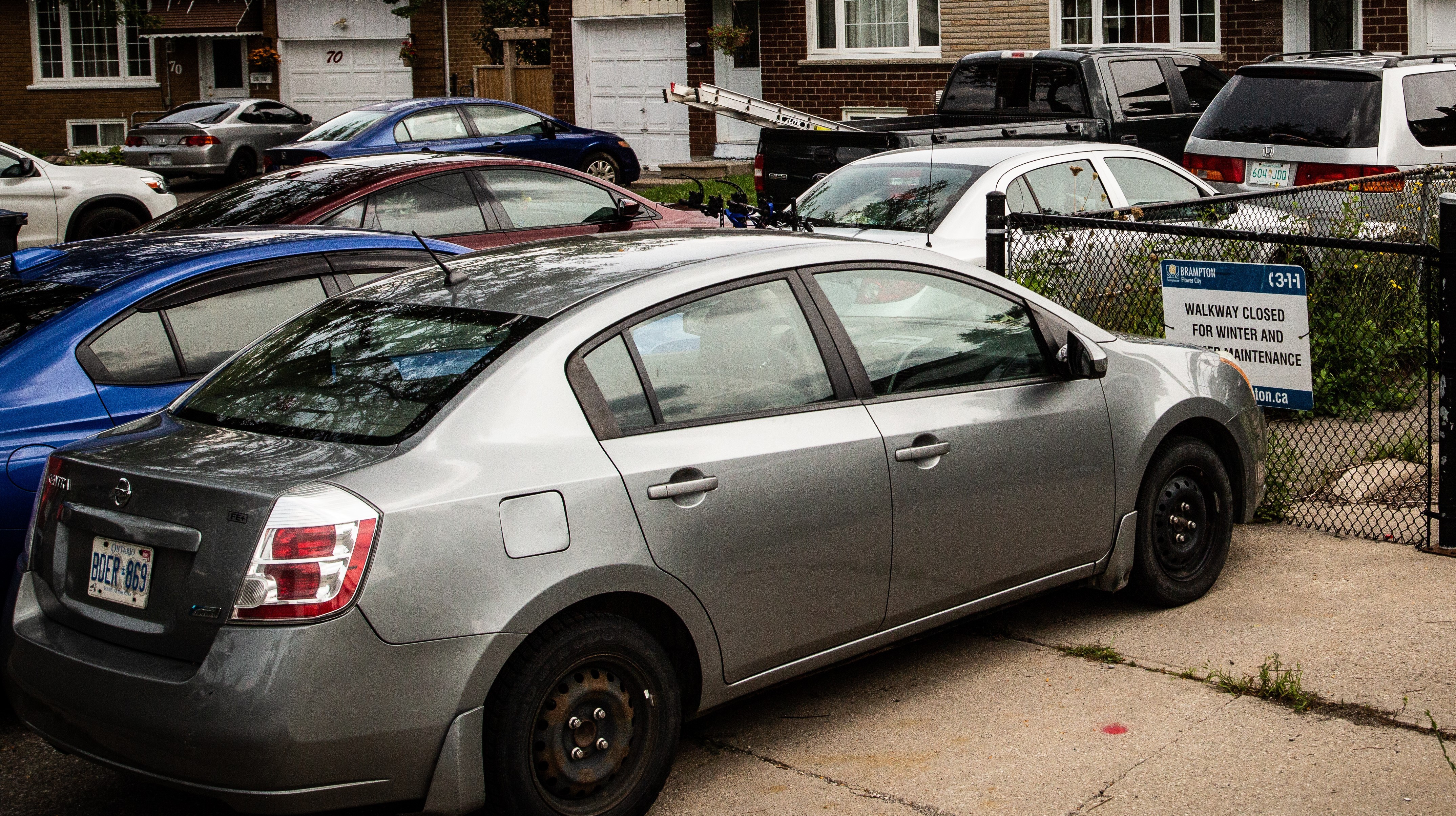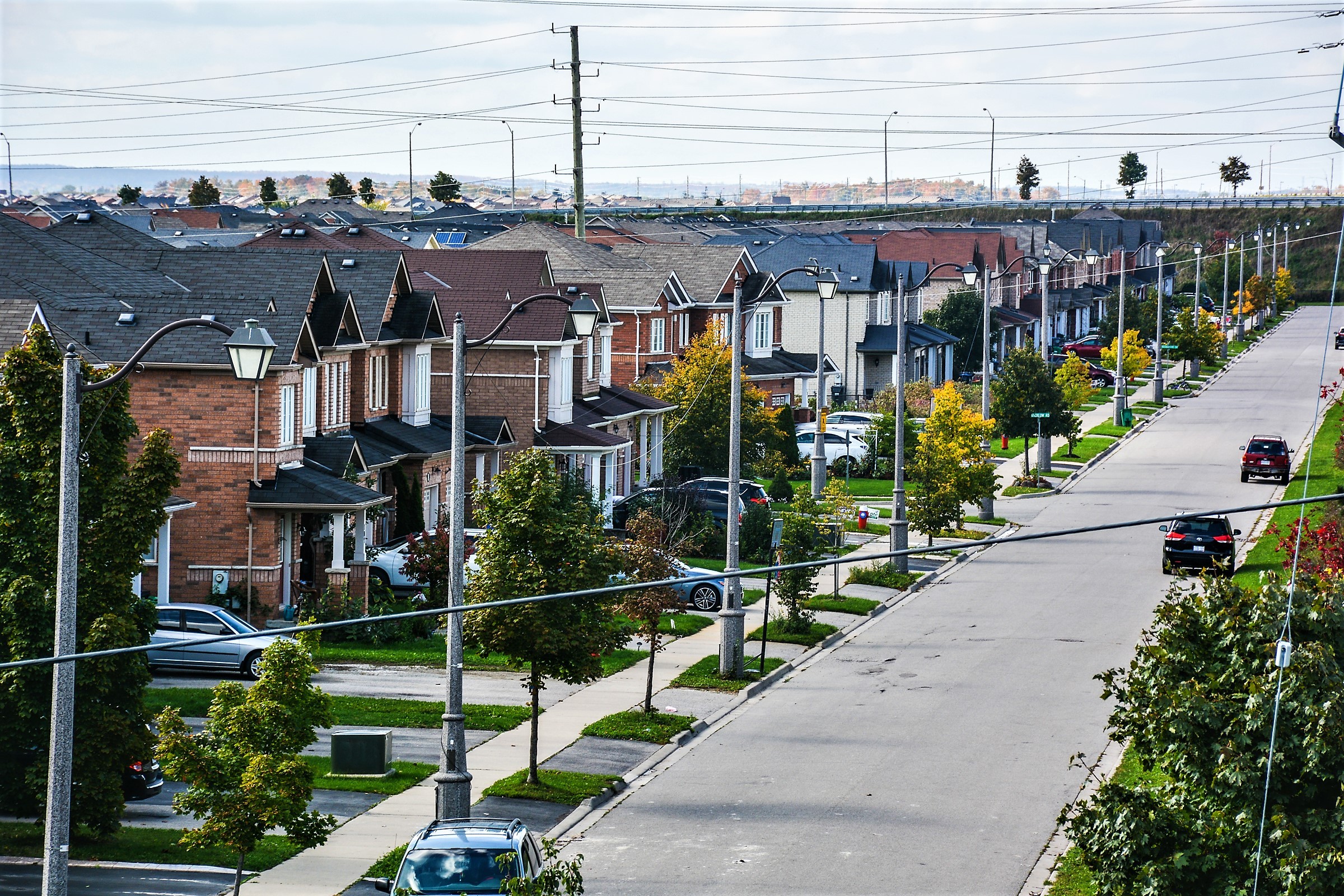
Will the 2021 Census help Brampton finally get its fair share of funding?
Every five years, Statistics Canada launches a nationwide revival of the most used piece of demographic information in the country: the Census.
It forms the pillars of data collection and public policy throughout the country.
Often revered for its ability to glean the most important information needed by the federal government, provinces and municipalities to inform funding and other decision-making, in communities as diverse as Brampton, Census information seldom tells the entire story.

Portables line many Brampton schools, which are needed partly because population counts are difficult to predict in the city, while funding for education does not reflect the actual population.
“Census data is critically important, but it will never be perfect,” says executive director Jack Fleming of North Peel & Dufferin Community Legal Services, a non-profit legal clinic that helps low-income residents in Brampton, Caledon and Dufferin County. “There are a number of areas where you see things falling into the cracks.”
Throughout the country, challenges are common. From counting Indigenous residents in some First Nations communities that have sovereignty from nationwide data collection, tracking those who experience homelessness and counting those who frequently change addresses, getting accurate Census counts can be difficult.
Brampton poses a unique set of challenges.
In the Flower City, illegal secondary units in basements and elsewhere in homes have proliferated for years with no clear end in sight. With inconsistent and inadequate inspections to crack down on the city’s high number of unauthorized apartments (there as many as 50,000 estimated in the city) alongside residents who often don’t even know they’re living in an illegal unit, accounting for all residents is a serious challenge.
“I can tell you that if somebody is living in an illegal basement apartment in Brampton, first of all, they genuinely don't know,” Fleming said. “And when they do find out because an inspection is done, that's still a perfectly valid tenancy. What you have here is a zoning dispute between the landlord and the City.”
The lack of affordable housing plays a large role in the prevalence of these illegal units.
As of 2019, the Region of Peel reported that 70 percent of low-income and 30 percent of middle-income households were living in accommodations they couldn’t afford due to the shortage of affordable housing units.
Many resort to the illegal market, often unwittingly.
“It is quite true that the city has continued to have difficulty in dealing with the number of illegal units – nobody knows how many there are,” Fleming says. “But everybody seems to agree that there's a heck of a lot of them in Brampton.”
The booming and expensive housing market has forced many international students and young low-income earners into the illegal housing market. While this has been happening for years, the City has been unable to fully estimate the amount of people who go uncounted in the Census.

Secondary units in the city often pose a challenge to accurate Census counts which means Brampton gets shortchanged on funding.
The inability to account for many tenants including international students means the services they use are often woefully underfunded. Brampton’s true demographics are hard to measure.
Statistics Canada says that as long as there is a registered address for a Canadian resident who is eligible for a Census count, a form will get sent to them, regardless of whether their physical dwelling is legally registered or not. Employees at Statistics Canada are bound by strict privacy laws to protect respondent information, using the completed forms for “statistical purposes only”.
To help account for underreporting and missed populations in the Census, Statistics Canada communications officer Maryse Carrière says that help is provided online and through the phone to help clarify any questions respondents may have, and the importance of filling out the survey is reinforced through social media.
Brampton also has far more residents per household and many residents who spend large amounts of time out of the country which can also pose a challenge when trying to get accurate information to account for all those living at each address.
Neighbourhoods upon neighbourhoods have been built around the premise of suburbia which in Brampton has led to thousands of multi-generational homes that count as single-family units. As of the 2016 Census, around 42,000 Bramptonians were housed in homes with 5 or more people.

According to Brampton's 2016 Census profile, the municipality had the highest average number of people per household in the Greater Toronto Area, and one of the highest numbers for any large city in the country. Brampton households had an average of 3.5 residents, compared with a national average of 2.4 and an Ontario average of 2.6. That means the average Brampton household had 46 percent more people living in it than the average Canadian home.
This can lead to problems when the Census has to be filled out.
“To reduce response error, Statistics Canada thoroughly tests the Census questions to ensure respondents understand what is being asked and can provide accurate responses,” Carrière says. “There is an extensive certification process to rigorously assess the quality of Census data. This involves comparing against past Censuses, other data sources and looking for inconsistencies or outliers in the data.”
The illegal housing market also continues to pose challenges.
According to Zolo’s Housing Market Report, the average house in Brampton sells for approximately $1 million. With the 2015 median employment income in the city totalling just over $48,000, many residents have learned they must resort to a housing supply that is part of the underground market or congregate in legal single dwelling units to get by.
Discussion about underrepresentation in Census data is common online.
It has a direct negative impact on Brampton, which has not received its fair share of population-based funding, partly due to outdated provincial formulas and partly because the city’s true numbers are not reflected in the Census.
Its per capita overall healthcare funding is about half the provincial average, its number of hospital beds is less than half the provincial per capita figure, and even annual funding for public education is about $800 less per student compared to Toronto.
Funding for policing, child protective services, affordable housing and legal aid is also far below the provincial average.
Residents have desperately advocated for fair share funding for decades, and many people have expressed the inability of the Census to capture Brampton’s actual population as a cause for some of the funding inequities.



On online platform Reddit, where Bramptonians have created their own community of over 13,000 residents to talk about local news and affairs, the Census is a topic of discussion. With Census season here, the accuracy in Brampton’s count is once again being addressed.
The housing crunch is at the heart of the issue.
“I think when there's so few units available of course, people can have very limited choices in terms of what they can afford,” Magda Barrera, housing and economics policy analyst for Advocacy Centre for Tenants Ontario, told The Pointer. “If there’s more affordable housing available, than [you won’t have] to resort to an illegal apartment.”
Illegal secondary suites represent a loss of millions of dollars in taxes to the City each year, and open up the doorway to health code violations if unauthorized units don’t live up to building code. But beyond the direct loss of revenue, underreported Census figures impact the amount of money Brampton gets for almost every area of provincial funding. This often puts additional pressure on property tax payers.
The use of the data is sweeping.
According to Statistics Canada, federal government agencies and ministries use Census information to plan for natural hazards and disasters, and programs such as Old Age Security and the Canada Child Benefit, and to inform the number of voting districts. Provincial governments rely on Census data to inform decisions around transportation, child care, schools, retirement services and healthcare, among others, while municipal governments use the data to plan for growth, affordable housing programs, senior services and immigrant settlement services – which are all particularly important in Brampton.
Now, with COVID-19 and its impact on different areas of the country, Brampton stands out as one the worst-hit places in Canada. Illegal secondary units are partly to blame. Barrera says more research needs to be done on the impact on underrepresented populations the Census doesn’t properly reflect.
“I think there's a lot of pressure with COVID, with loss of employment and income [that was] very much targeted in certain sectors of the economy, and unfortunately those sectors have tended to be in lower income, at higher proportions,” Barrera said. “I think that COVID has increased that pressure.”
Brampton has been consistently identified as a hotspot community but without a proper population count and with a lack of other demographic data for all residents, the root causes of inequities in public health can be difficult to measure.
It’s another reason why this Census is particularly crucial for the country’s ninth largest city.
Email: [email protected]
Twitter: @vanessabalintec
COVID-19 is impacting all Canadians. At a time when vital public information is needed by everyone, The Pointer has taken down our paywall on all stories relating to the pandemic and those of public interest to ensure every resident of Brampton and Mississauga has access to the facts. For those who are able, we encourage you to consider a subscription. This will help us report on important public interest issues the community needs to know about now more than ever. You can register for a 30-day free trial HERE. Thereafter, The Pointer will charge $10 a month and you can cancel any time right on the website. Thank you.
Submit a correction about this story


